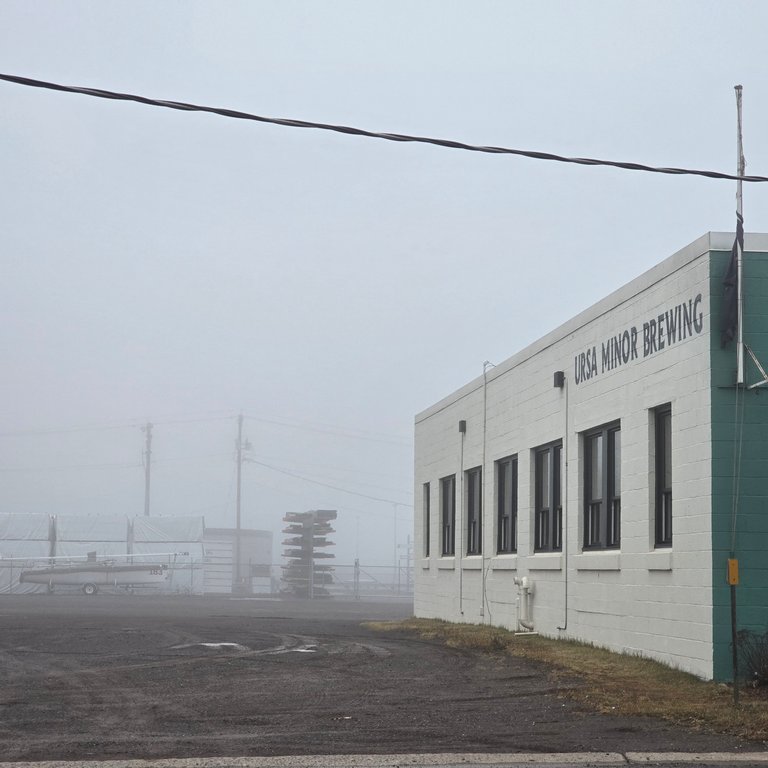Over the week of December 21–27, 2024, Minnesota's North Shore experienced dramatic and varied weather, with cold, snowy conditions early in the week transitioning into unseasonable warmth and heavy precipitation that caused significant snowmelt and runoff.
Cold Start to the Week
The week began with Arctic air gripping the region, pushing overnight lows in Duluth to -2°F (-19°C) and daytime highs barely reaching 19°F (-7°C). Similar conditions were felt along the shore, with Grand Marais experiencing lows around 0°F (-18°C). These frigid temperatures were accompanied by light snowfall, with most areas receiving 1–3 inches (2.5–7.5 cm). Winds out of the northwest contributed to the bitter cold, making the air feel even harsher.
Heavy Precipitation Midweek
By midweek, a potent warm front swept into the region, carrying a surge of moisture from the Gulf of Mexico. The system brought a mix of rain and snow, depending on elevation and proximity to Lake Superior. Duluth recorded over 1 inch (25 mm) of rainfall, while higher elevations north of the city and areas farther inland saw 3–6 inches (7.5–15 cm) of heavy, wet snow. Grand Marais received a mix of rain and snow, with total liquid precipitation nearing 1.5 inches (38 mm). The contrast between rain and snow created a patchwork effect across the North Shore, with some areas buried in wet snow while others were drenched in rain.
Warm-Up and Rapid Snowmelt
The most dramatic shift came as temperatures climbed sharply toward the end of the week. By December 27, highs in Duluth reached 40°F (4°C), while Grand Marais peaked at 43°F (6°C). These temperatures, combined with the earlier rainfall, led to rapid snowmelt. Streams and rivers swelled as runoff surged over frozen or saturated ground, creating localized flooding in some low-lying areas. Patches of standing water formed on previously snow-covered ground, and slushy conditions dominated trails and roads.
Ecological and Environmental Impacts
The combination of heavy precipitation and rapid warming underscores the vulnerability of the North Shore's ecosystems to sudden weather swings. Quick snowmelt often leads to soil erosion and nutrient loss, especially when frozen ground prevents water from soaking in. For forests and wetlands, these abrupt changes disrupt water flows that plants and animals depend on.
Wildlife faces additional challenges as snowpack, which acts as insulation during winter, is lost. Burrowing animals and plant root systems are left exposed to fluctuating temperatures, stressing species not adapted to such variability. These dynamics illustrate how warmer winters with episodic heavy precipitation are reshaping the North Shore’s environment.
A Changing Winter Rhythm
This week’s weather was a stark reminder of the shifting patterns of winter in a warming climate. Heavy snowfalls followed by rain and rapid melting are becoming more common, challenging long-held expectations of how water moves across the land. These events are not just anomalies but part of a broader trend that will reshape the region.

Support This Content
If you liked this post, you might like my blog! If you want to support this writing:
- Anyone can:
- Hive users:
- This was originally posted to the Hive blockchain.
- Folk earn tokens for publishing and curating content.
- Users can upvote this post to reward me, and earn rewards themselves.
- Purchase HSBI units to support curation on my posts
- Send 1 HIVE to @steembasicincome and put @michael561 in the memo field
- I'll receive ~$0.09 a year, delivered through upvotes on my posts.
- Send 1 HIVE to @steembasicincome and put @michael561 in the memo field
- Delegate HP to me, to help me provide meaningful curation.
- I usually vote on ecology, gardening and nature posts, content that's under-represented on Hive.
- Leave a tip in your comment with
!LUV,!PIZZA,!BBH, or your favorite tip token.- (This usually only works if you have some of these tokens. I wrote about that here.)
- Consider becoming my fan, and automatically upvoting my new posts.
- Long-time Hive user? Give me advice!
- Keep it simple: send HIVE or HBD (or any other token you please) to my wallet.
- Not on Hive? Consider registering a free Hive account.


